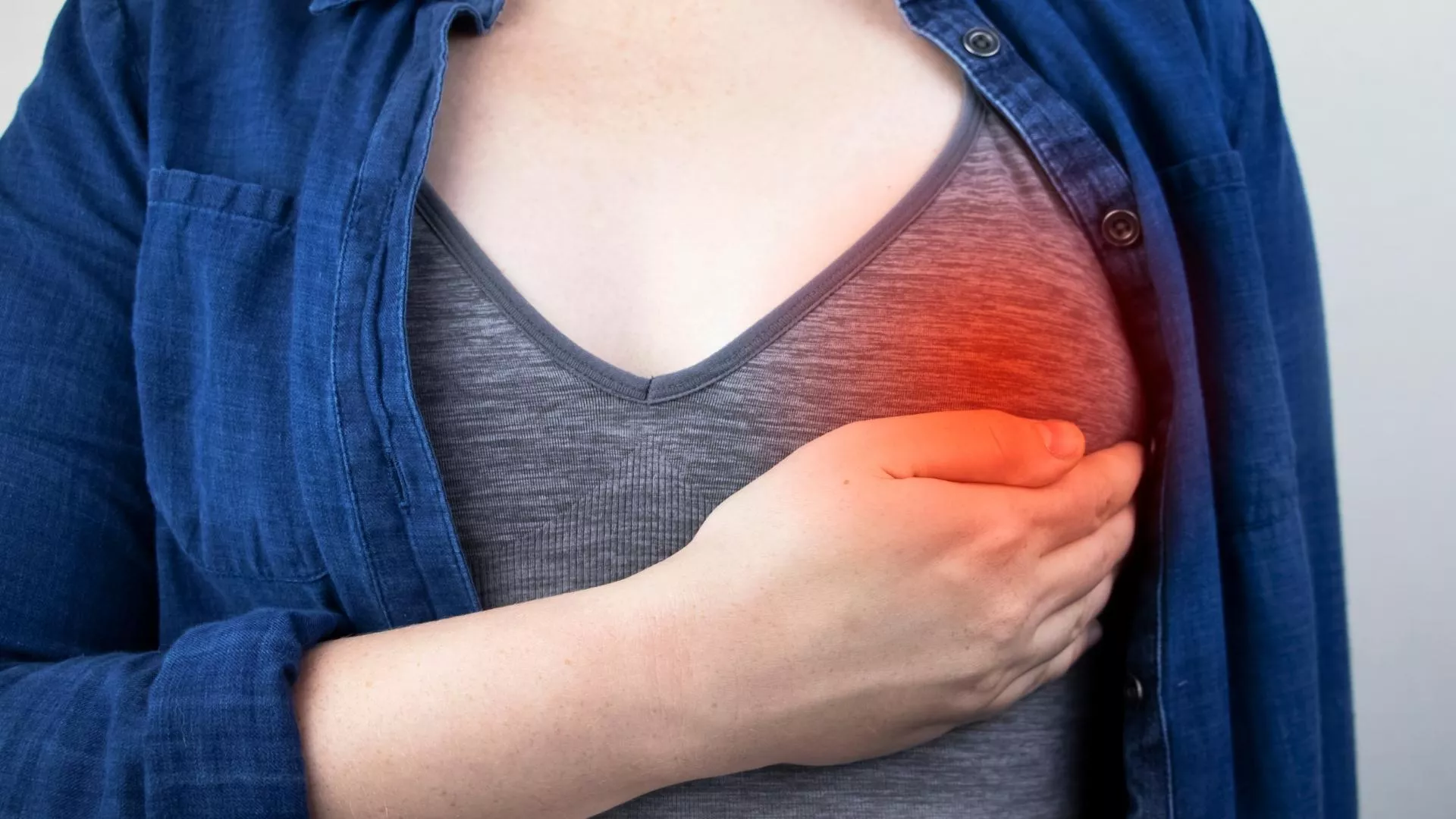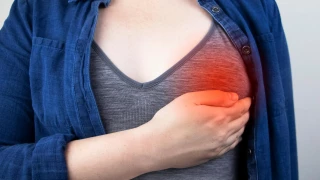
What is Fibrocystic Breast Disease?
- What is Fibrocystic Breast Disease?
Fibrocystic breast disease is a condition that occurs in the majority of women. Despite this, it causes psychological traumas as if it is a bad phenomenon in women. Fibrocystic breast disease shrinks and disappears after menopause. However, during the period until menopause, women's breast tissue grows or becomes painful from time to time.
Fibrocytes are the pathologies that cause the most common complaints in women. It often begins to appear after the age of 25 and continues until menopause. Pain is the most common complaint of fibrocytes in patients. These pains are seen as pains that increase in the premenstrual period and decrease after menstruation. In some cases, these pains can continue throughout the lives of women. The usually seen form of fibrocystic breast disease is in the form of variable conditions based on the decrease and increase of pain during the day during the menstrual period. These pains can be short-term and temporary pains in the form of burning and stinging in the breast. In some cases, the pain may increase with lying on the breast or touching or touching the breast.
Within the breast tissue, the milk glands and milk ducts unite and open to the nipple. In menstruating women, blood flow to the breast increases before each menstruation. These milk glands also become prominent and begin to fill. During this period, patients feel a tension and fullness in their breasts. This situation regresses again after the menstrual period has passed. This is what circulated women experience throughout their lives.
Since fibrocystic breast disease is seen in one of every 3 women, it is not called a disease recently. In this case, the cells in the milk ducts increase and blockages in the duct are common in both breasts. The cells that cause this blockage appear as bubbles. These bubbles cause pain in the breast. Under pressure with contact, it grows in the direction where there is no contact, and by pressing against the nerves in the direction it grows, it can cause short-term burning and stinging pain. These diseases have nothing to do with cancer and do not increase the risk of cancer. Breast cancer mostly develops from cells in this duct. However, fibrocystic breast disease does not in itself increase the risk of breast cancer.





